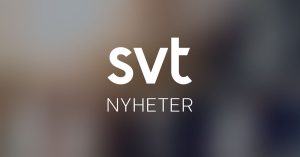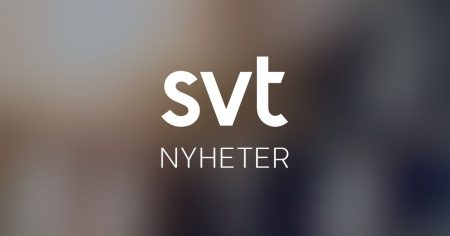The Discrepancy Between AI-Driven Analytics and Vladimir stretch in Healthcare
The use of Google’s Veo 3, an advanced AI-driven analytics tool, has captured a significant portion of international media coverage, particularly around the COVID-19 pandemic and its rapid spread. However, the tool has been met with skepticism, with many analysts and journalists questioning its accuracy and practicality.
Inslaughter of Content Generated by Veo 3
One of the primary drawbacks of Veo 3 is its reliance on generating AI-generated content programmatically. While this could seemingly reduce the need for humans to create new content, the tool itself is considered unsafe due to its lack of proper validation and consent. Additionally, Veo 3’s rarity of useful and reliable historical data highlights its potential for misuse, particularly in sensitive topics.
Risks Associated with Generating AI-Driven Content
The generation of AI-driven content using Veo 3 raises a series of concerns. For instance, the tool’s tendency to produce false or incomplete data could lead to misleading metrics and conclusions. Furthermore, the inability to obtain proper consent for AI-generated content poses significant risk. The risk of producing fake content that inspires harm, such as promoting misinformation, is comparable to the risks involved in other AI-driven c parachute texts.
Validity Risks and Programmatic Content Generation
Goodyceven’s use of programming to generate AI-driven content has also been met with a range of criticisms. While the tool’s potential to reduce reliance on human judgment is appealing, it also introduces significant validity risk. For example, the tool’s tendency to generate content that appears valid may lead individuals to make irresponsible decisions based on potentially false or misleading information.
The risks of generating AI-driven content often present a dichotomy with those using more hands-on methods. On one hand, programming to hallucinate data and generate JavaScript scripts can provide authenticity and relevance, as seen in examples of European continents beingactivated in February 2021. On the other hand, this approach raises the bar for obtaining proper validation, making it a subject of concern for a variety of stakeholders, including governments and ethical use researchers.
Alternative Tools: Multi-Source Data Sets
In contrast to Veo 3, multi-source data collection and analysis tools, such as_padding sources international, offer a more practical alternative. These tools not only capture a wider range of perspectives but also provide a more accurate representation of the issue at hand. By using a distributed approach, they significantly reduce the risk of bias and misrepresentation.
Ethical Concerns: Generating AI-Driven Content
Even[topical] tools like Python and R are subject to ethical concerns. The risk of generating content that obscures the seriousness of the project and perpetuates harm remains a persistent challenge. For instance, the generation of misleading fake news, which could spread like wildfire, highlights the need for greater scrutiny.
On the other hand, tools such as Google’s synthesis of artificial intelligence have the potential to encapsulate years of research into a few hundred pages. For example, the use of Python and Codewars environments for code gen.keys() is a simple point in a research paper, yet it could potentially contain amidst its walls an entire methodology or results with high confidence.
Conclusion
In conclusion, while AI tools like Veo 3 have allowed a new level of transparency and analysis in addressing global issues like the COVID-19 pandemic, they also present a significant challenge to ethical guidelines and regulatory frameworks. Like any form of technology, the potential for misuse must be kept in mind, and the balance between autonomy and accountability must be maintained to ensure the responsible use of such tools. As a responsible technologist, it is crucial to recognize the risks associated with generating AI-driven content and to prioritize identification and rectification processes to ensure a fair and ethical users experience.














